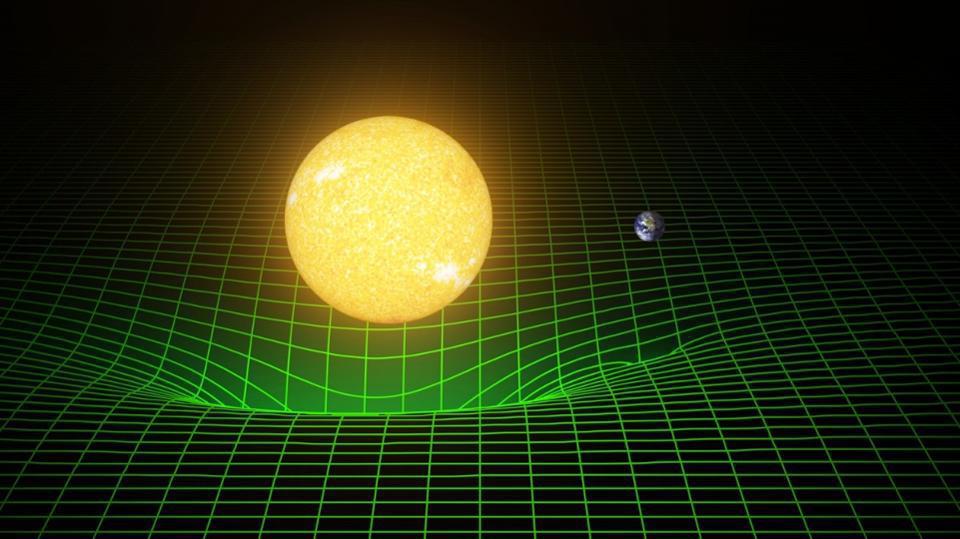Ripples in Saturn’s rings give us a peek inside the planet

Credit: NASA / JPL-Caltech / Space Science Institute via Wikipedia / Public domain
- Astronomers have used Saturn’s rings as a giant seismometer to learn about the interior of the planet.
- The gas giant is constantly in flux, and shifts can trigger ripples in the planet’s rings.
- Exactly why the planet is in flux remains a mystery.
How can you tell what the inside of another planet is like?
If it’s a rocky planet like Mars, we could have a lander place a seismometer on the surface and then build a model of what the Martian interior must look like based on the marsquake data collected. But how do we do it for a gas giant? There is probably no surface on which to land, and even if there was, the pressure of the atmosphere would crush any instruments long before they reached it.
Now, a team of scientists have figured out how to peek inside Saturn using its rings as a seismometer. Their findings, published in Nature Astronomy, might redraw the standard model for how gas giants form.
Journey to the center of Saturn
Saturn’s rings are made up of countless small objects. These objects orbit the planet and are subject to external forces, like gravity, coming from several directions. When something atypical happens, like oscillations in the body of the gas giant, the rings can “ripple” as shifts in the forces acting on them roll over the ring.
Saturn is not always a serene ball of gas but is constantly in flux. These minor shifts, perhaps by a meter every hour or two, cause the gravitational field emitted by the planet to take different shapes. This causes ripples in the C-ring, which can be more readily observed. These ripples have been observed for decades, and data from the recent Cassini mission was of particular use.
By measuring these ripples and treating their movements like the lines on the output of a seismometer, the authors could determine how the interior of the planet was oscillating and what conditions must be in place for the oscillations to occur. Using this data, a new and improved model of Saturn’s core was developed.
While similar to the old models, which suggested a central core of ice and rock surrounded by a separate layer of fluid metallic hydrogen, the new findings suggest that everything is a little more well-mixed than previously thought. This “fuzzy” core, as the researchers deem it, also appears to be much larger than previously suspected, taking up nearly 60 percent of the planet’s diameter.
Lead author Christopher Mankovich explained what this core is like:
“The fuzzy cores are like a sludge. The hydrogen and helium gas in the planet gradually mix with more and more ice and rock as you move toward the planet’s center. It’s a bit like parts of Earth’s oceans where the saltiness increases as you get to deeper and deeper levels, creating a stable configuration.”
A new model of Saturn
The new model casts doubt on our current understanding of how gas giants form. While the standard model presumes a small, solid core attracts gas, the “fuzzy” nature of Saturn’s core suggests that gas might be drawn into the formation process earlier than expected.
Why a planet without a solid core is having these oscillations at all is a bit of a mystery. But we will continue watching.





